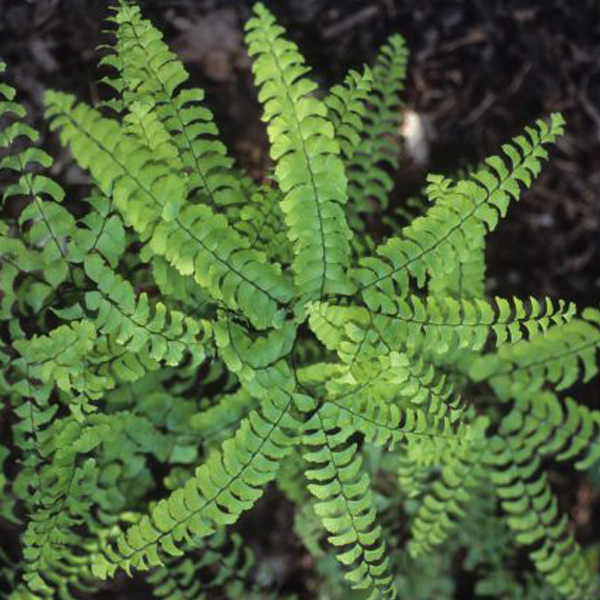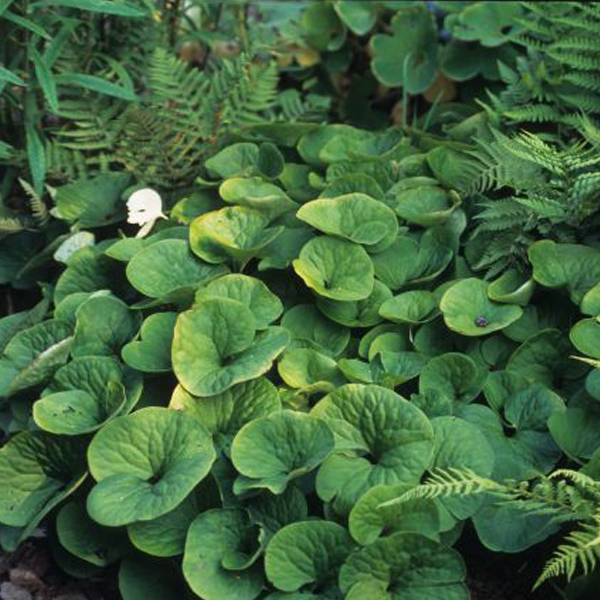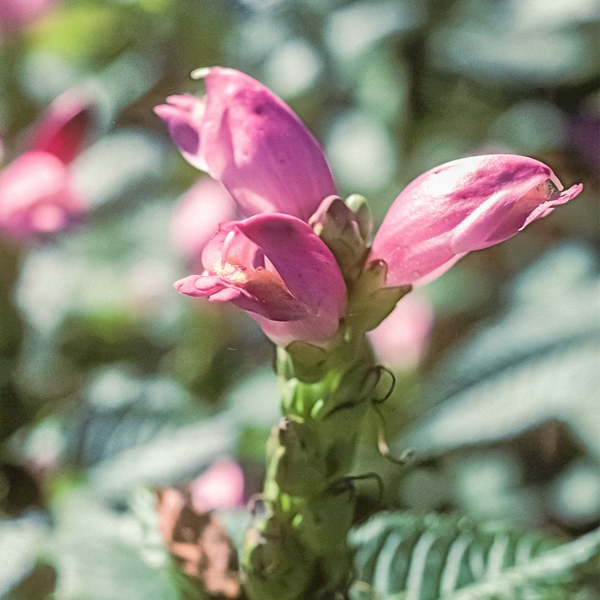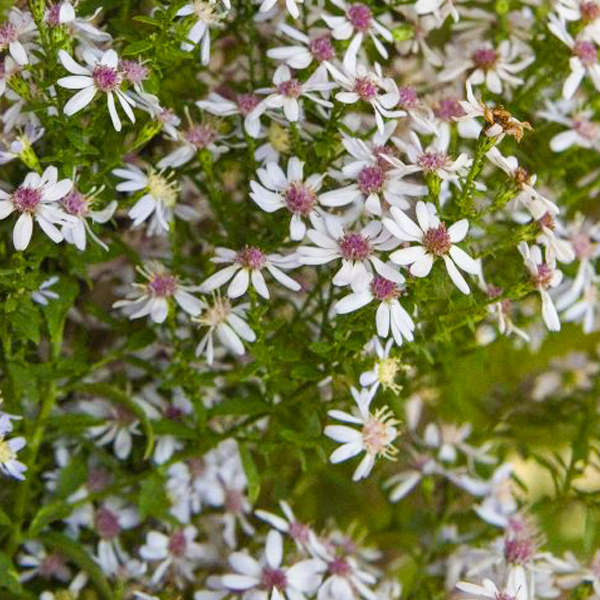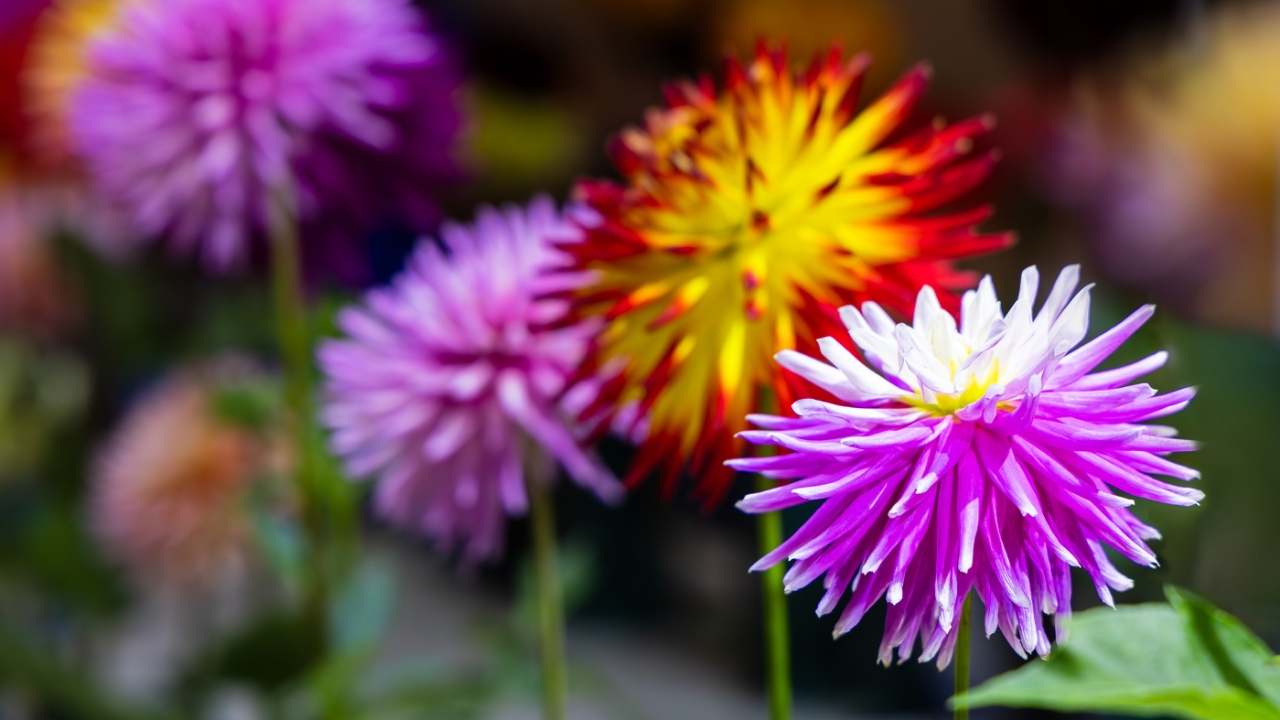

Smart Gardener
Woodland Wonders
There’s no question that native plants are popular. They provide food and shelter for native bees and many other important pollinators. Many native plants are drought-tolerant, low maintenance, and disease- or pest-resistant. As ground covers, some can be used in place of turf grass, which is difficult to grow in shade. Others, like ferns, complement nonnative perennials in shady beds, borders, and in naturalistic designs.
While there are many attractive shade-tolerant plants that are native to the Midwest, some, such as Virginia bluebells, emerge in spring only to bloom and then disappear until the following spring. By August, some native woodlanders, like mayapples or trillium, look a little tired. Instead, look for some longer-lasting natives with colorful leaves or late-summer fruits, and fall bloomers like asters and goldenrods. Here are some native plants for shade gardens.
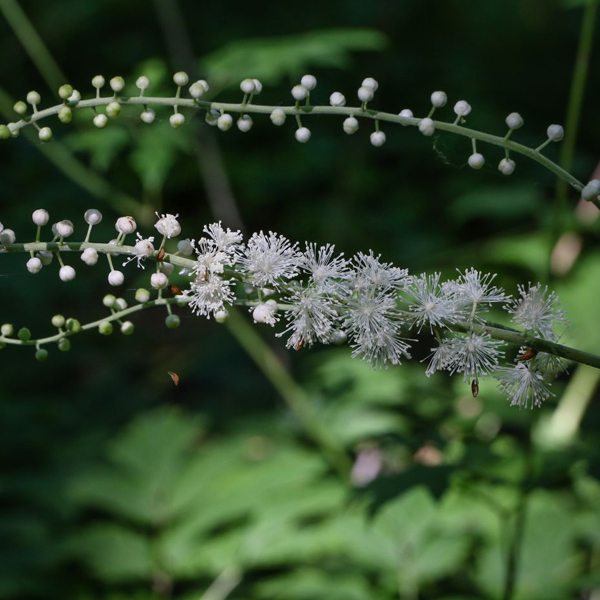
Black cohosh or bugbane (Actaea racemosa)
This shade-tolerant perennial blooms in summer. It's easy to grow in average, moisture-retentive soils in part to full shade. Over time, it can reach 4 to 6 feet tall and 2 to 4 feet wide. Pair it with maidenhair fern, Canadian ginger, hostas or hepatica. A bonus—the flowers are lightly fragrant and the plant has no serious insect or disease problems.
Northern maidenhair fern (Adiantum pedatum)
This is one of the most fascinating North American ferns and one of the easiest to grow. Give it a site with average, well-drained soil in part to full shade. It spreads slowly by creeping, branching rhizomes to form large colonies over time. Combine it with broad-leaved hostas and brunneras. Bonus—it tolerates heavy shade.
Canadian wild ginger (Asarum canadense)
Wild ginger grows in floodplain woods and upland mesic (moderately moist) areas. Its large, kidney-shaped leaves can span 6 inches. Plant wild ginger in moist, well-drained humus-rich soil. It will spread slowly to form nice clumps. The cup-shaped purplish flowers appear in spring but are hidden under the leaves. Pair it with woodland phlox, hosta, ferns, or sedges. Bonus—it is deer-resistant and holds its leaves throughout the growing season. (Note: This plant is not edible—it contains aristolochic acid, which can cause kidney damage, according to the U.S. Food and Drug Administration.)
Creeping sedge (Carex laxiculmis)
Native sedges are grasslike, fine-textured plants that are easy to grow and that make great fillers in the shade garden. Give them part to full shade, and medium to wet soil. Good companions include turtlehead ferns (Chelone obliqua), astilbe, and hostas. Bonus—tolerates deer, heavy shade, and wet soil, and remains semi-evergreen in winter.
Photo via Wikimedia Commons
Turtlehead (Chelone obliqua)
This turtlehead species is surprisingly shade tolerant and provides much-needed late-summer blooms that last into fall. It grows best when planted in rich, organic soil. Although it will grow in full sun, turtlehead does well in dappled sunlight and consistently moist soil. Sedges, astilbe, and ferns make good companions. Bonus—it tolerates erosion, clay, and wet soil.
Wild or wood geranium (Geranium maculatum)
This perennial geranium is native to the Midwest. It typically grows in open woods, clearings, woodland edges, and roadsides. It will grow in moist to slightly dry soil as well as rich, loamy soil with abundant organic matter. (Think of the forest floor with all those decomposing leaves.) Give it light shade to part sun. Clump-forming with upward-facing flowers, wild geranium is a good weaver around other plants and blooms in May and June. Bonus—it’s long-lived and one of the easiest plants to grow and maintain. Rabbits and deer seldom bother wild geranium.
Jacob’s ladder (Polemonium reptans)
Jacob’s ladder offers white, blue, or violet-purple flowers when it blooms in April to June. It is best grown in humus-rich, moist, well-drained soil in part shade. Good plant partners include columbine, ferns, astilbe, and hostas. The flowers’ nectar and pollen attract many types of native bees, butterflies, skippers, and moths. Bonus—it is deer-, rabbit-, and slug-resistant.
Blue wood aster (Symphyotrichum cordifolium)
Blue wood aster is one of the delights of the fall garden. Although most asters prefer sun, this one grows in dappled shade. Blooming occurs between August and October. Although this aster prefers moisture, it tolerates dry shade once established. Pair it with hosta, ferns, hakonechloa, and woodland phlox. Bonus—it attracts butterflies and many other pollinators.
Interested in other woodland perennials? Read more about Shade Gardening with Perennials.
Nina Koziol is a garden writer and horticulturist who lives and gardens in Palos Park, Illinois.


